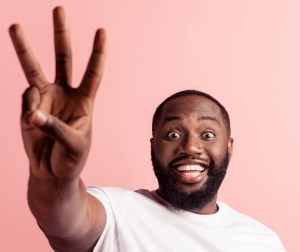Send Yourself a Rejection Blog
“Nobody likes receiving rejection letters. But one way to reduce their sting, and perhaps even avoid one altogether, is to pre-empt the rejector by writing the letter yourself,” Daniel Pink suggests in the book To Sell is Human. In the letter, list the reasons your prospect is turning you down. “When you read your letter, you’ll probably laugh,” the author says, but more important, “the letter might reveal soft spots in what you’re presenting, which you can then work to strengthen”.
Because our team at Say It For You is involved in blog marketing, I was especially interested in what Daniel Pink had to say about “non-sales selling”. That consists of convincing others to exchange their resources (their expertise, time, effort, and attention) for something they want. Today, he explains, instead of product pushing, we must move people into action“. That’s because, whereas in the “old days”, sellers had more information than buyers; today’s buyers have almost equal access to information. Effective selling today, therefore, is no longer about being persistent and aggressive, but about being transparent and empathetic, helping buyers make sense of available facts and options.
So, in your rejection blog post to yourself, what reasons will you give for not sticking around to enjoy your content?
- Your blog was very slow to load and then, to make matters worse, you annoyed me with pop up ads.
- Your blog posts have “a wall of text” with long paragraphs – they appear to be a pain to get through.
- Despite the fact that your title was a match for my search, I quickly realized you were not addressing me – just providing the same information I’d heard many times before. In short, you quickly managed to bore me with same-old, same-old.
- You didn’t show me who you are – your reason for being in your business and your strong beliefs about how what’s going on could be make better.
After closing your self-rejection blog with the classic line – “After careful consideration, I did not select you for further consideration,” stop selling. Instead, get to work on helping buyers make sense of their available options.






Follow us online!